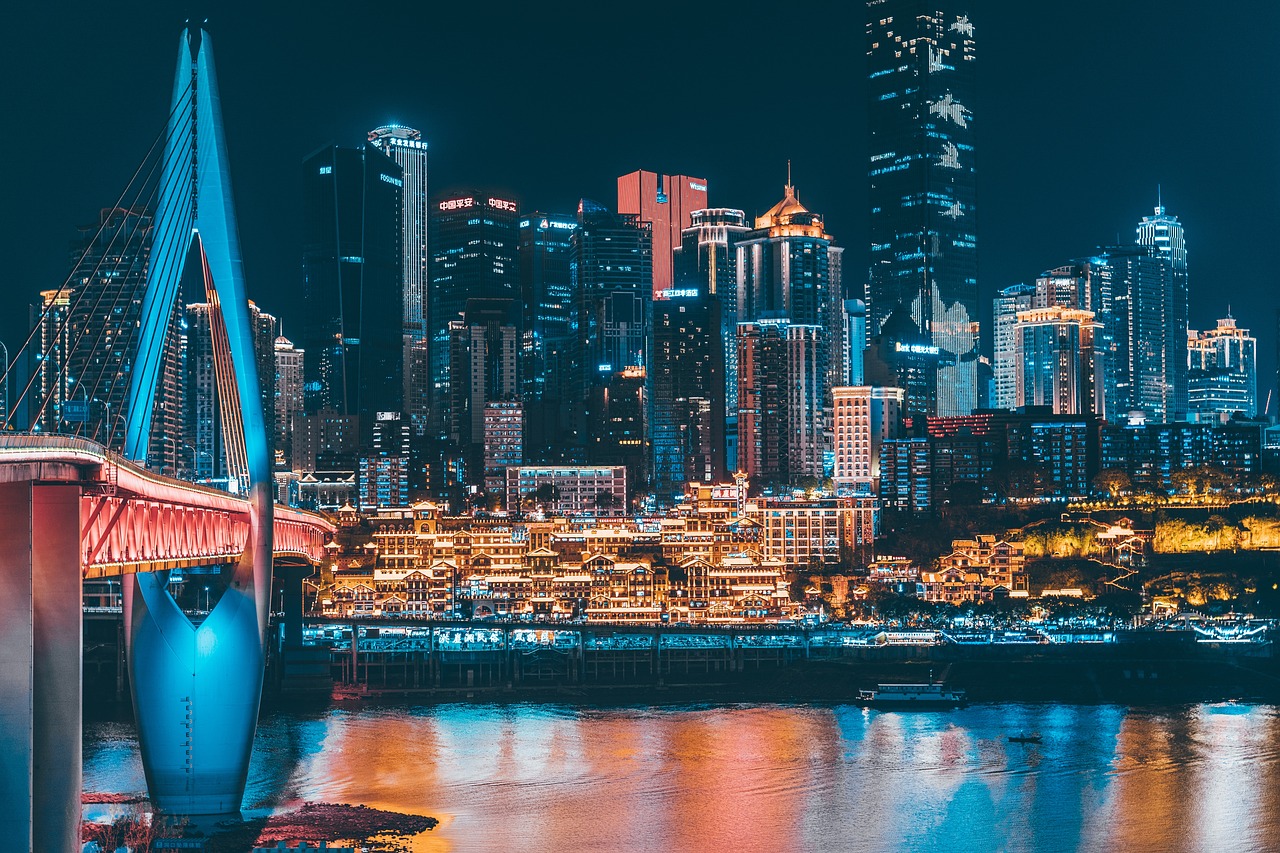Light pollution
Artificial lighting has transformed the way that we live through reducing dependence on changeable natural light – allowing us to expand the hours we can work and enjoy free time, all year round.
Nevertheless, with artificial light it is about getting the right light, in the right place, at the right time. Without this, developments risk being a source of annoyance to people, and harmful to wildlife, for example, undermining enjoyment of the countryside or detracting from views of the night sky.
Some of the most important considerations and questions that should be addressed when assessing a scheme’s light pollution potential include:
- Consider the effect on light levels outside development spaces
Does a new development proposal (or a major change to an existing one) materially alter light levels outside the development and/or have the potential to adversely affect the use or enjoyment of nearby buildings or open spaces?
- Assess existing lighting at the location
Does an existing lighting installation make the proposed location for development unsuitable? For example, does existing lighting have a significant effect on the locality, or will users of the proposed development (e.g., hospital) be particularly sensitive to this lighting intrusion?
- Protected sites or species and effects on wildlife
Does the proposal have a significant impact on a protected site or species? For example, is it located on or adjacent to a European Site of Specific Interest (SSI)? Additionally, are any forms of artificial light with a potentially high impact on wildlife (e.g., white or ultraviolet light) being proposed near to sensitive wildlife receptors or areas such as bat roosts or commuting corridors, including where that light shines on water?
- Areas of protected night sky
Is the development in or near a protected area of dark sky or an intrinsically dark landscape where it may be desirable to minimise artificial light sources?
- Building materials for the proposed development and their interaction with light
Does the proposed development include smooth, reflective building materials, with large horizontal expanses of glass; particularly near water bodies (this in particular may create polarised light pollution that can affect wildlife behaviour)?
These are just some of the factors in ensuring a development is adhering to lighting legislation and is not providing any nuisance to people and the environment.
The legislation surrounding artificial light and clarity over who is responsible for adhering to lighting procedure within a new development is often not covered extensively and consequently remains a key area where developments fail to meet regulatory requirements.
- TESTING, CERTIFICATION AND VERIFICATION HOME
- DATA AND INSIGHTS
- TRAINING
- RESEARCH & INNOVATION
- STANDARDS
- CASE STUDIES & INSIGHTS
- CONTACT US
For more information
Call us on +443333218811 if you would like to know more about our daylighting and sunlighting services or to discuss a specific natural lighting issue – or email [email protected]
Selection of BRE lighting publications from the BRE Bookshop
Lighting and health, IHS BRE Press 2015
Selecting lighting controls, BRE Digest 498, IHS BRE Press 2014
The essential guide to retail lighting: Achieving effective and energy-efficient lighting, IHS BRE Press 2013
Site layout planning for daylight and sunlight: a guide to good practice, BR 209 2022 edition
Solar shading of buildings: Second edition, (BR 364) 2022 edition
LED lighting: A review of the current market and future developments, IHS BRE Press 2011
Specifying LED lighting, BRE Information paper IP 15/10, IHS BRE Press 2010
Lighting and colour for hospital design, The Stationery Office 2004
Office lighting, IHS BRE Press 2001

We assess light pollution from proposed developments and infrastructure and advise on cost-effective remedies. Our experts can provide reports or Environmental Impact Assessment chapters for submission as part of planning applications and give evidence at planning hearings and public inquiries as expert witnesses.
You may also be interested in:
If you have a question, please call us on +443333218811, or complete the form, and one of our representatives will be in touch.
